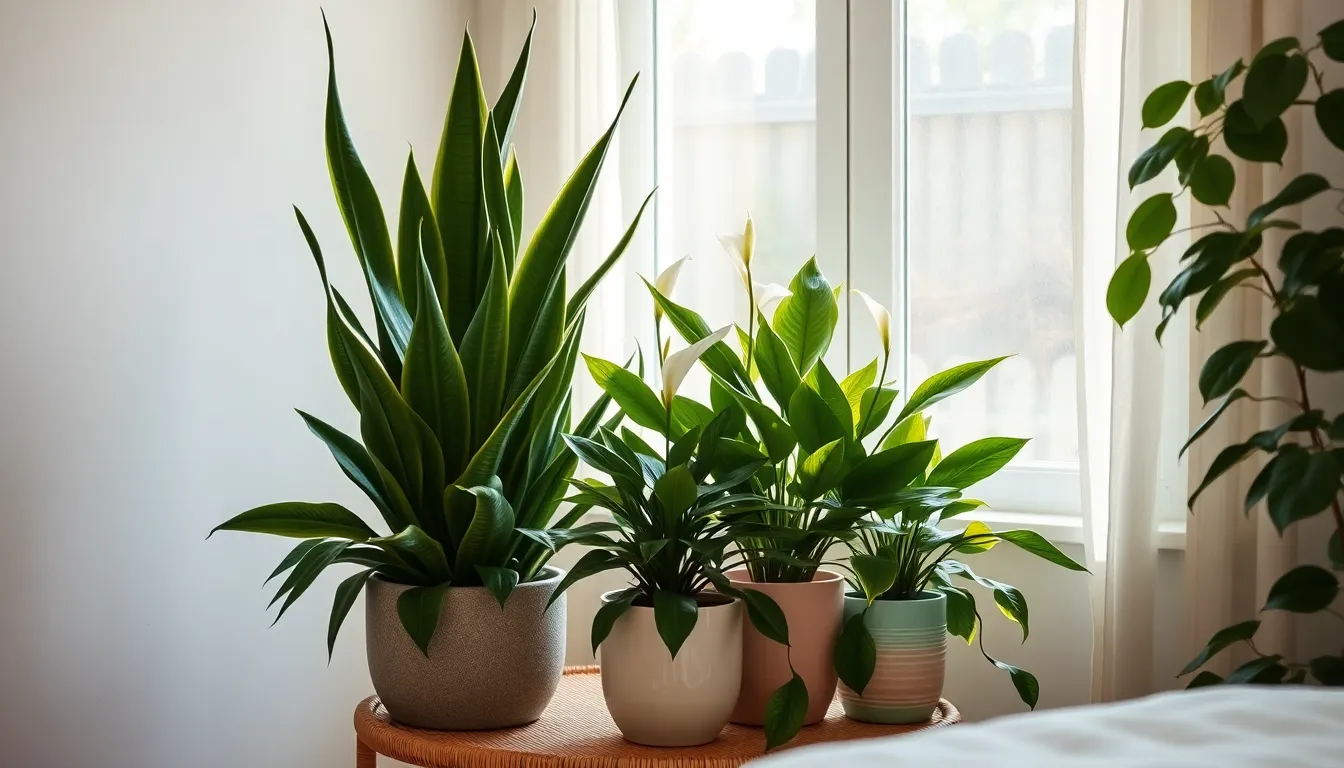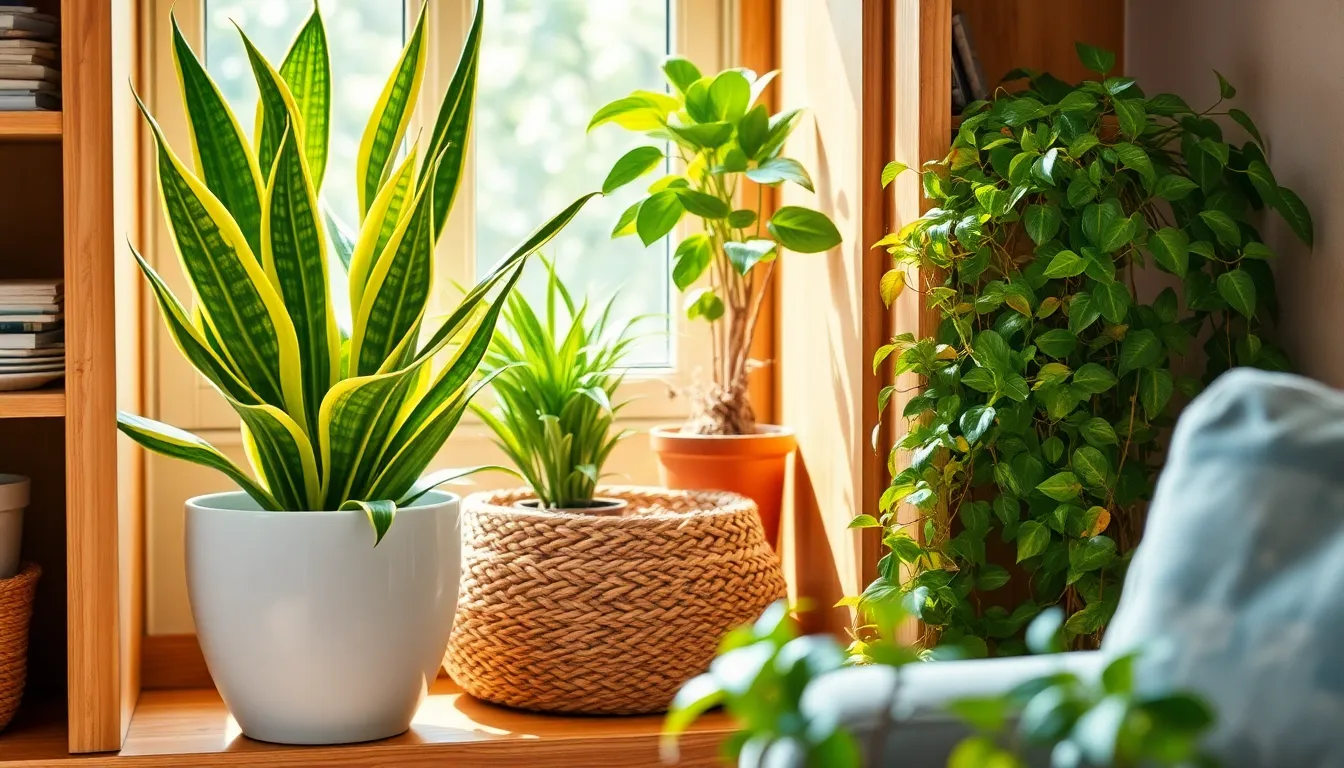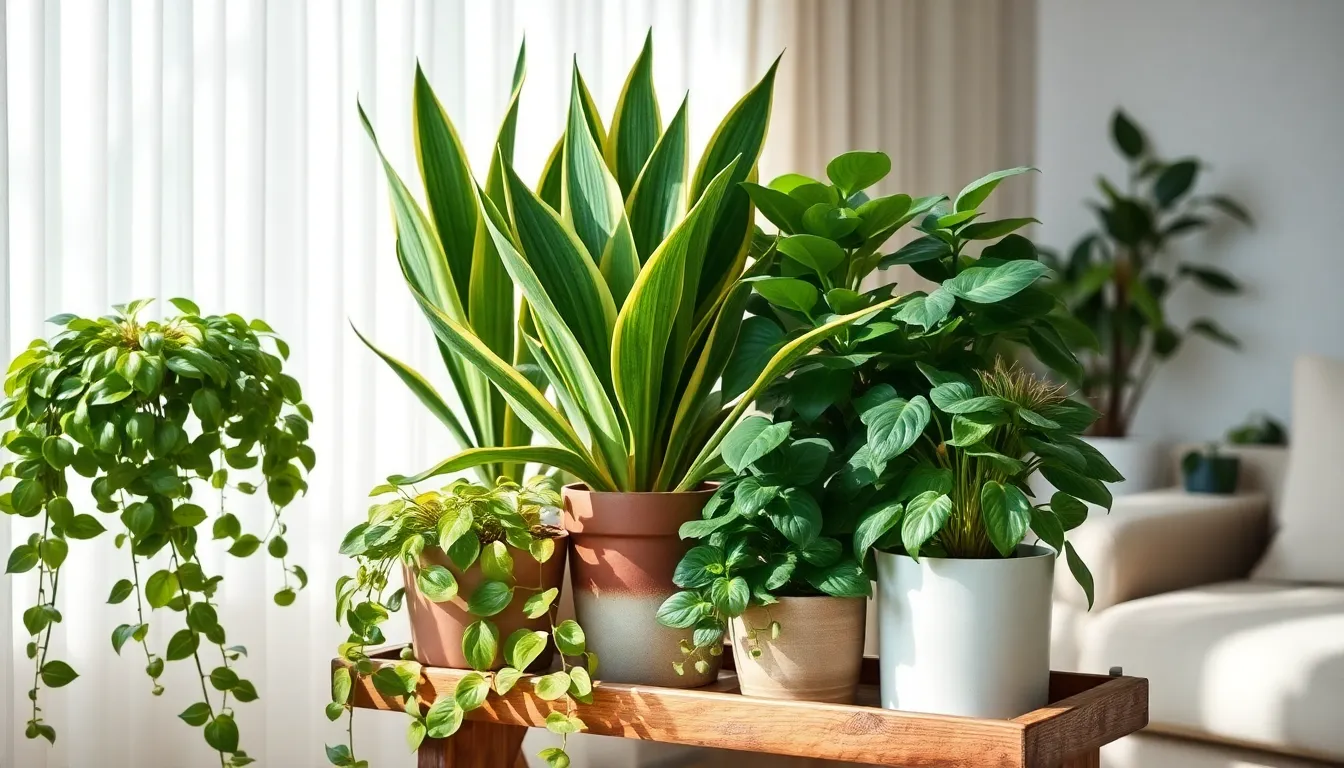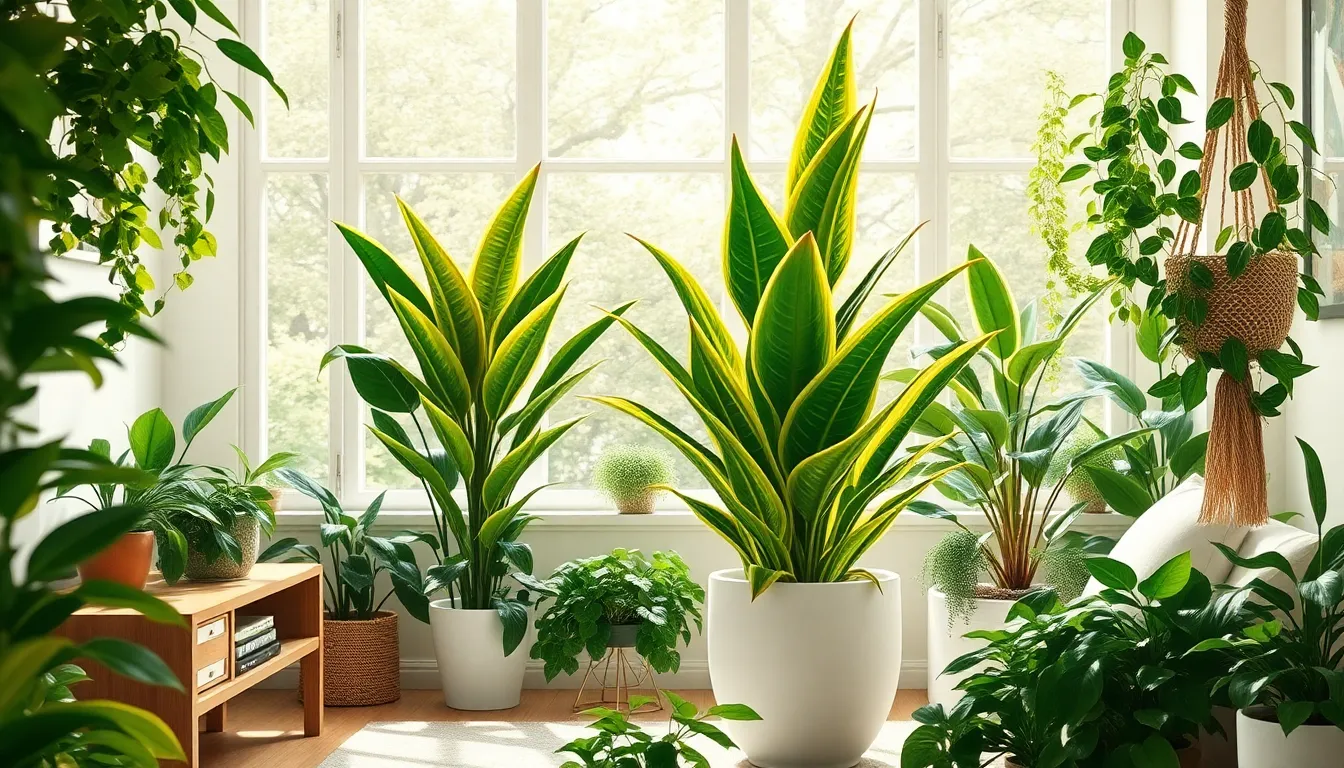Welcome to the verdant world of indoor gardening where your bedroom transforms into a serene oasis, nurturing both your plants and your soul. Whether you’re just starting out or have a seasoned green thumb, this guide to the best indoor plants for your bedroom will inspire confidence and excitement as you explore new ways to enhance your indoor sanctuary.
Imagine waking up each day surrounded by greenery that not only beautifies your space but also purifies the air and promotes restful sleep. Our carefully curated selection of plants offers practical benefits that cater to every gardener’s needs, making it easier than ever to succeed and enjoy the lush rewards of your efforts.
In this guide, you’ll discover the joy of nurturing life and the satisfaction that comes with it. We promise that with a bit of care and attention, these plants will thrive, and so will your love for gardening.
Peace Lily (Spathiphyllum wallisii)
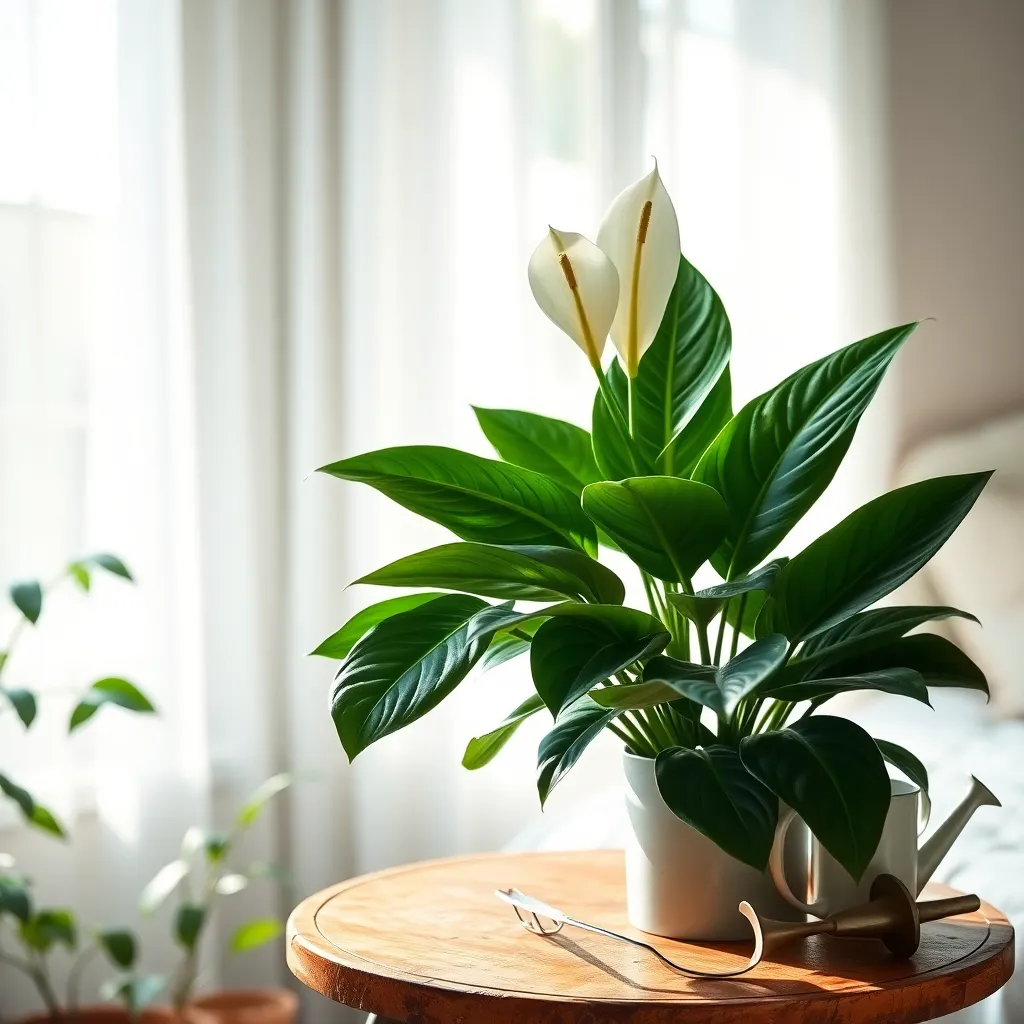
Peace Lilies, or Spathiphyllum wallisii, are a popular choice for bedrooms due to their elegant appearance and air-purifying qualities. Known for their resilience, Peace Lilies thrive in low light conditions, making them perfect for spots that receive indirect sunlight.
To keep your Peace Lily healthy, ensure the soil remains consistently moist but not waterlogged. Watering once a week is generally sufficient, but always adjust based on the plant’s needs; if the leaves start drooping, it’s a sign they need more water.
Using a well-draining potting mix is crucial for preventing root rot, which Peace Lilies are prone to if overwatered. A mix of peat moss, pine bark, and perlite can enhance drainage while retaining enough moisture for the plant’s roots.
For those looking to optimize their Peace Lily’s growth, fertilize every 6-8 weeks with a balanced, water-soluble fertilizer. Be cautious not to over-fertilize, as Peace Lilies are sensitive to chemical build-up, which can cause leaf burn.
Lavender (Lavandula angustifolia)
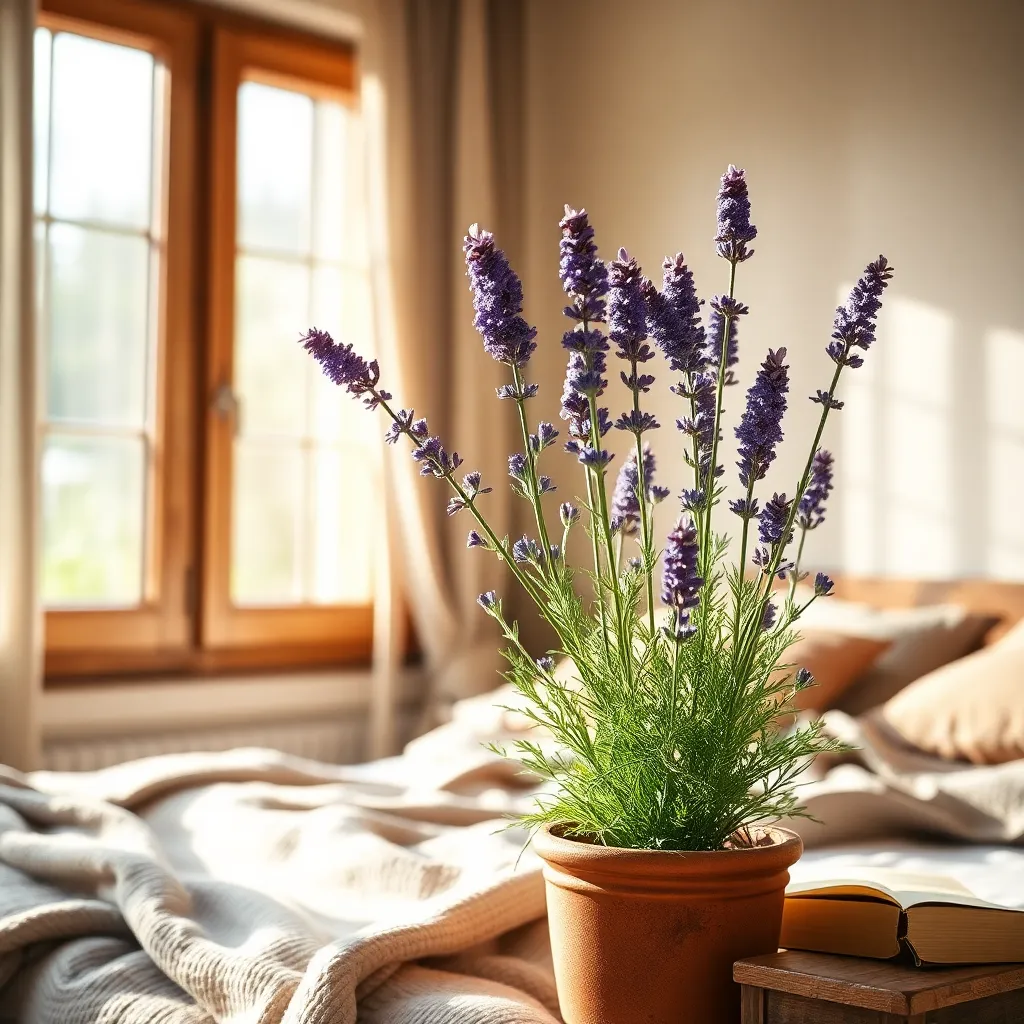
Lavender (Lavandula angustifolia) is a delightful addition to any bedroom, offering both beauty and a soothing aroma that promotes relaxation. This plant thrives in bright, indirect sunlight, making it ideal for a sunny spot near a window.
To ensure your lavender plant flourishes indoors, use a well-draining potting mix that mimics its natural habitat. A combination of standard potting soil with added sand or perlite is perfect for maintaining the right drainage.
Watering is crucial for lavender care; the soil should dry out between waterings to prevent root rot. Generally, watering once every two weeks is sufficient, but adjust based on the humidity and temperature of your home.
For those looking to encourage blooming, consider providing a balanced liquid fertilizer every couple of months during the growing season. Pruning spent blooms can also help stimulate new growth and keep the plant looking tidy and vibrant.
Aloe Vera (Aloe barbadensis miller)
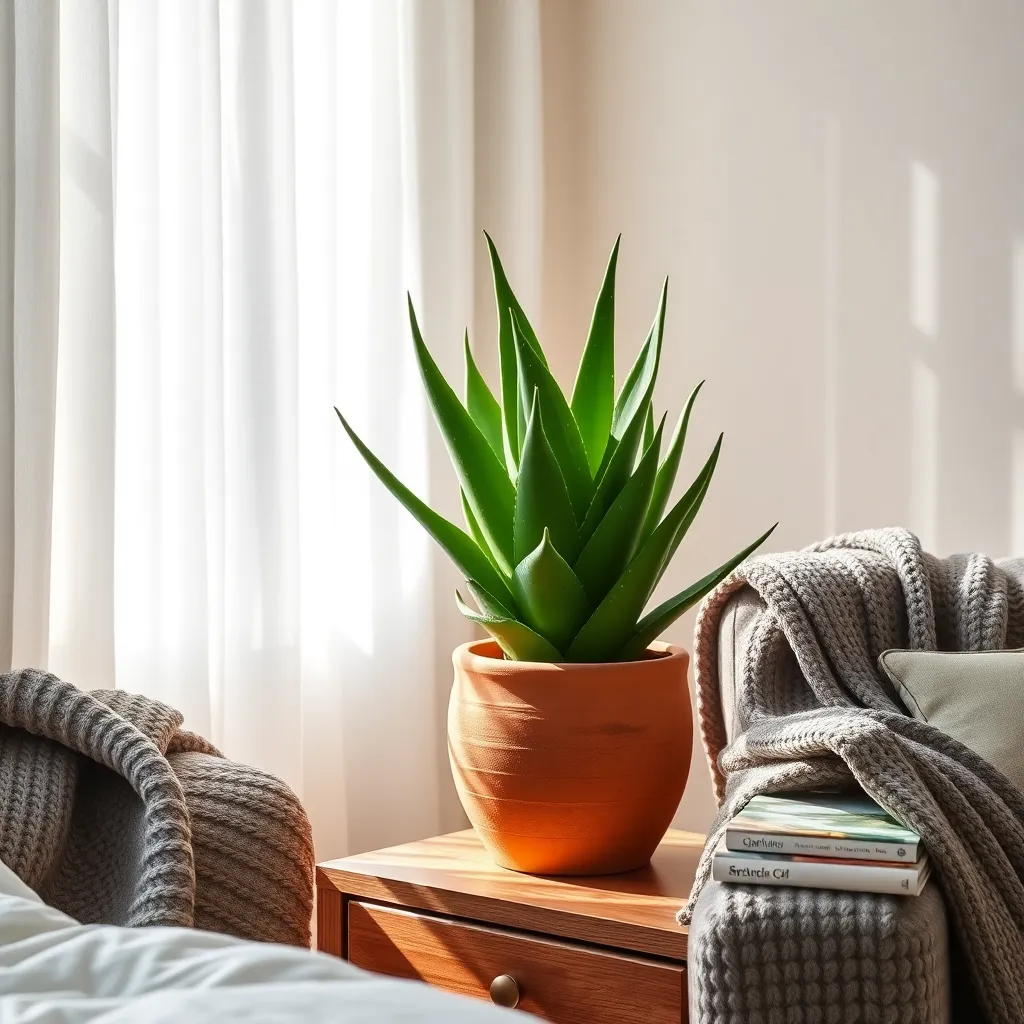
Aloe Vera (Aloe barbadensis miller) is an excellent choice for your bedroom due to its ability to purify the air and its easy maintenance. This succulent is not only a resilient plant but also a beneficial companion, known for its soothing properties when applied to the skin.
Place your Aloe Vera in a spot where it can receive bright, indirect sunlight for optimal growth. Too much direct sunlight can scorch its leaves, so avoid placing it on a south-facing windowsill without some shade during peak sunlight hours.
When it comes to watering, less is more with Aloe Vera. Allow the soil to dry out completely between waterings, typically every two to three weeks depending on your indoor climate.
For the best results, plant Aloe Vera in a cactus potting mix or a well-draining soil blend. Adding perlite or coarse sand can further improve drainage, preventing root rot and keeping your plant healthy.
Advanced gardeners might consider propagating Aloe Vera by removing offsets, or “pups,” from the base of the plant. Simply let these pups dry for a day or two before planting them in a small pot with the same well-draining soil.
Jade Plant (Crassula ovata)
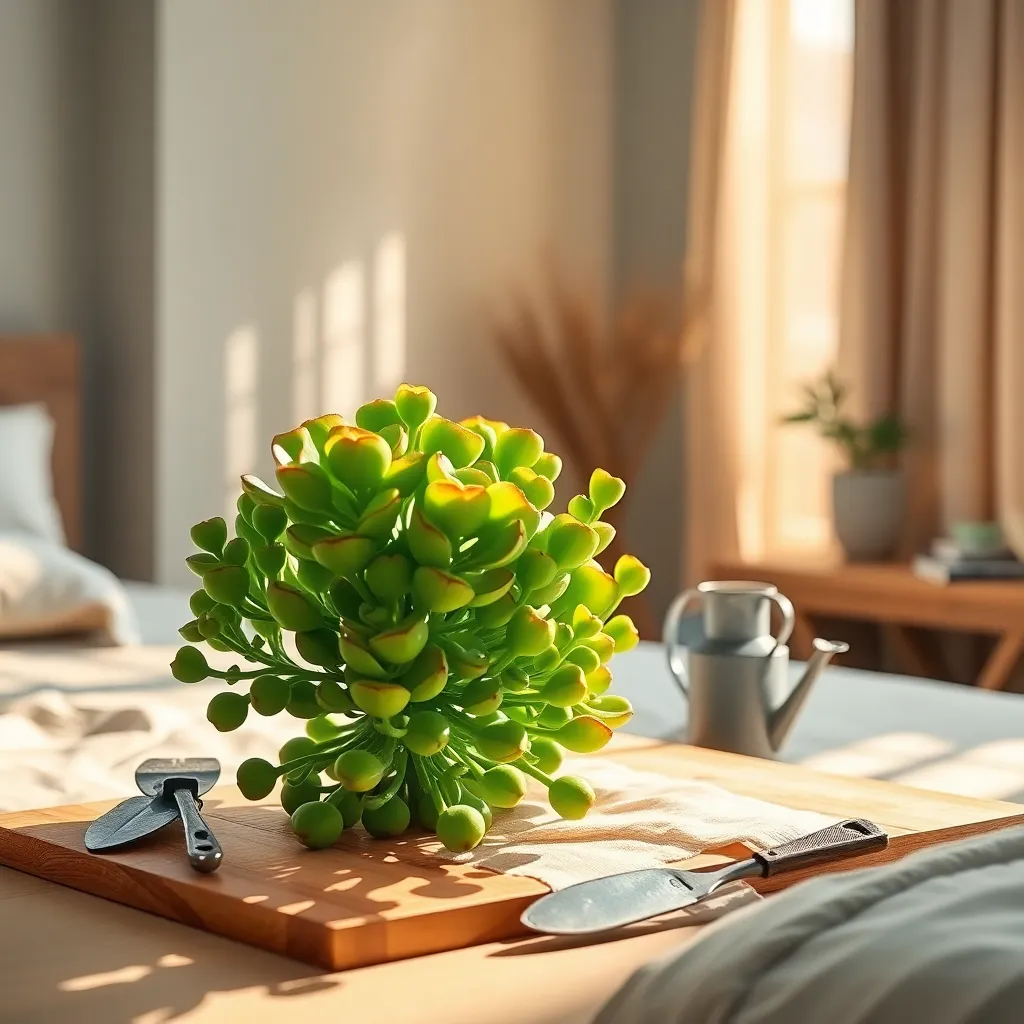
The Jade Plant, known scientifically as Crassula ovata, is a popular choice for indoor gardening due to its low-maintenance nature and attractive appearance. This succulent thrives in bright, indirect sunlight, making it an ideal plant for a sunlit bedroom windowsill.
For soil, choose a well-draining mix, such as a cactus or succulent potting soil, to prevent root rot. It’s crucial to allow the soil to dry out completely between waterings; overwatering is the most common mistake with jade plants.
In terms of watering, aim for a schedule of every two to three weeks, adjusting based on the humidity and temperature of your environment. In winter, reduce watering frequency as the plant enters a dormant period.
Advanced gardeners can experiment with propagation by using leaf or stem cuttings. Simply let the cuttings dry for a few days before planting them in a new pot with fresh soil, ensuring successful new growth.
Spider Plant (Chlorophytum comosum)
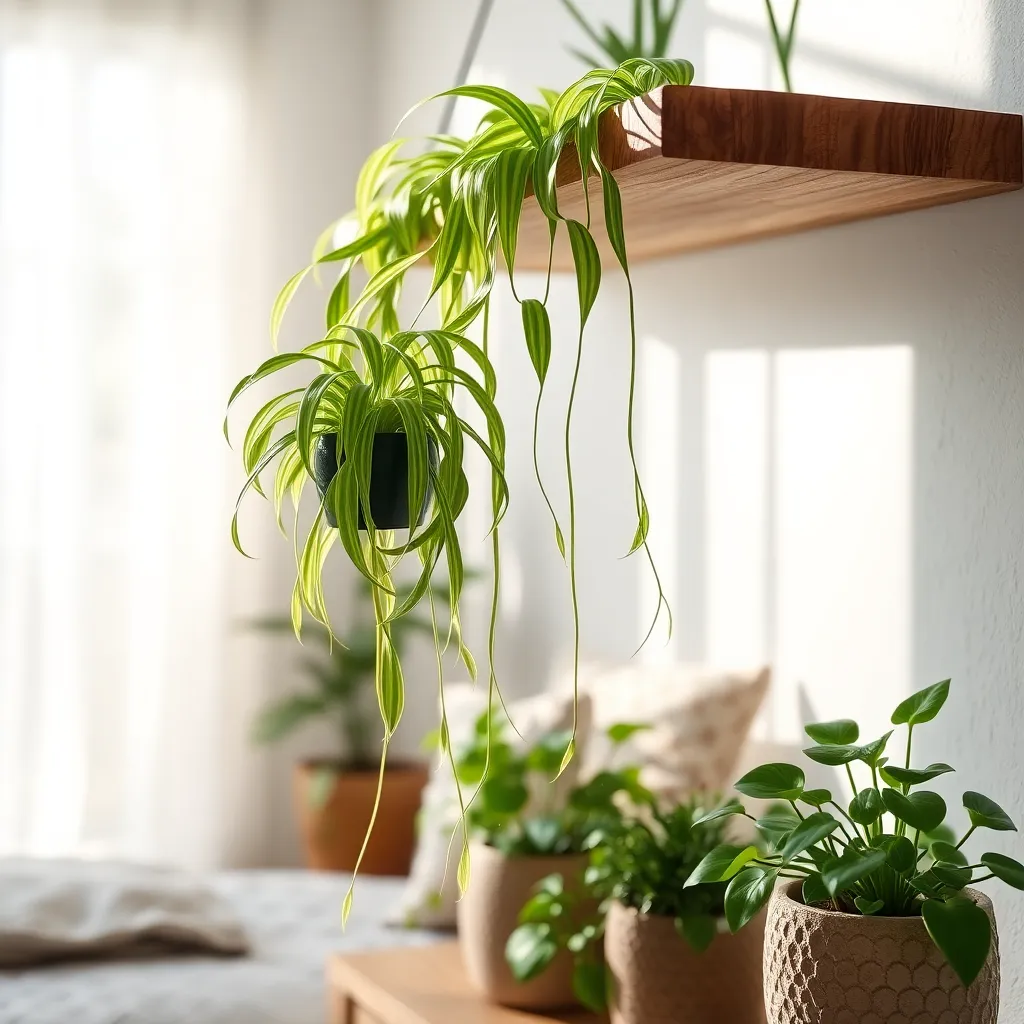
Spider Plant (Chlorophytum comosum) is a fantastic addition to any bedroom due to its easy care and air-purifying qualities. Known for its arching leaves and charming plantlets, this plant can thrive in a variety of indoor conditions.
Ensure your spider plant receives bright, indirect light to keep its foliage vibrant and healthy. Although it can tolerate lower light levels, placing it near a window with filtered sunlight will enhance its growth.
Water your spider plant moderately, allowing the top inch of soil to dry out between waterings. Overwatering can lead to root rot, so it’s crucial to use a well-draining potting mix, such as one containing perlite or sand.
For those looking to propagate, simply snip off the plantlets and root them in water or directly in soil. Regularly rotating the plant will ensure even growth and prevent it from becoming lopsided, making it an ideal choice for a bedside table.
Conclusion: Growing Success with These Plants
In exploring the symbiotic relationship between indoor plants and bedroom harmony, we’ve unearthed five key concepts that can transform your personal space and relationships. Firstly, the calming effects of lavender and jasmine can reduce anxiety and promote restful sleep, fostering a serene environment for deeper connection. Secondly, the air-purifying qualities of snake plants and peace lilies create a healthier atmosphere, mirroring the importance of a clean and nurturing relationship. Thirdly, the nurturing act of caring for plants parallels the attention and care needed in relationships. Fourthly, the aesthetic beauty of orchids and succulents adds a touch of joy and vibrancy, much like the small gestures that keep love alive. Lastly, sharing plant care responsibilities can strengthen teamwork and communication in your relationship.
To start reaping these benefits, consider choosing one plant to introduce into your bedroom today, aligning it with your relationship goals. For continuous inspiration and guidance, bookmark this article as a resource for nurturing both your plants and your relationship. As you cultivate this green space, remember that the love and care you invest today will bloom into lasting relationship success tomorrow. Embrace this journey, knowing that every nurturing step brings you closer to a flourishing partnership.

